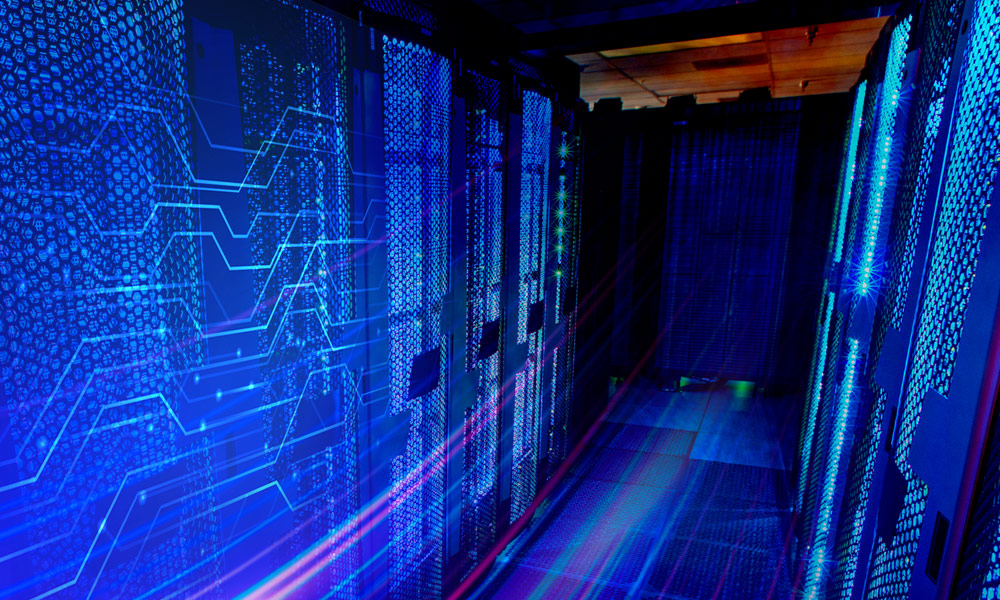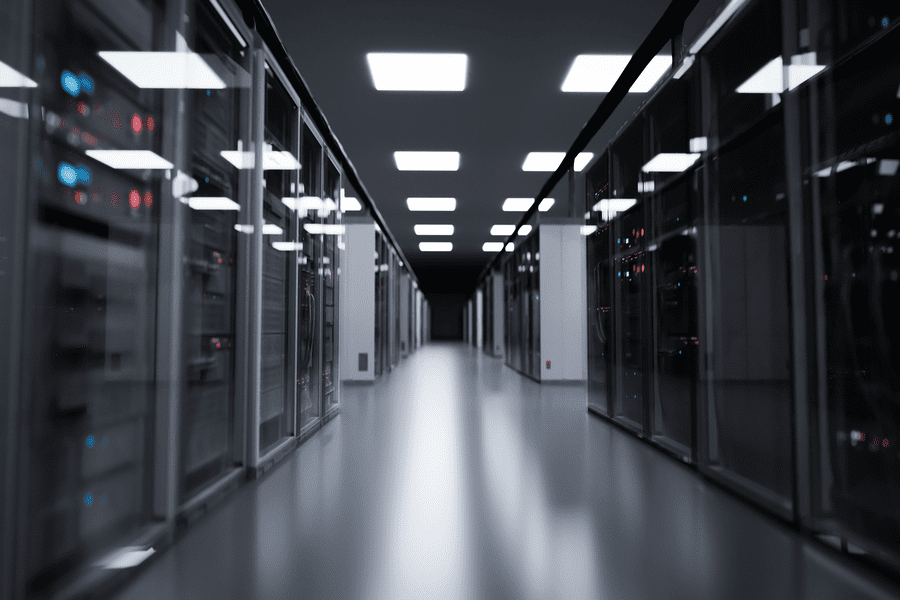Data Center Cooling Trends to Watch Out for in 2022

Since their early days, data centers have always been designed for maximum reliability, and that means optimal performance, power, and capabilities. However, to meet the demand of modern computing, data centers today must innovate, especially when it comes to their equipment and infrastructure.
One of the biggest concerns of modern data centers is how they maintain the temperature in their facilities to maintain their performance. This is why there has been a growing demand for data center cooling solutions. According to Data Bridge Market Research, the global data center cooling market is expected to grow with a CAGR of 14,4% from 2020 and reach USD 31.785,84 million by 2027.
But what will this market look like in 2022? Let’s take a look at three things that we predict will happen to the data center cooling market in 2022.
Cooling solutions will be more eco-friendly and energy efficient.
As environmental sustainability becomes the focus of the data center industry, eco-friendly cooling methods will be big in 2022. Data center companies will opt for methods that are greener not only to reduce energy usage but also to save up on cooling costs.
One of the ways is by building data centers in areas with lower temperatures, like Geothermal Cooling System offers. This allows companies to remove mechanical cooling—any method that uses energy to actively cool an area—in their facilities. They can replace it with passive cooling to cut down the amount of energy used and the refrigerants that contribute to the increase of greenhouse gases.
Another way is to deploy AI and utilize IoT for smart monitoring. An AI-enhanced cooling system typically uses sensors which collect data every several minutes. The algorithm then predicts how the cooling system’s current performance, such as its temperature, can be optimized to reduce energy consumption.
Liquid cooling will gain wider adoption.
Most data center cooling methods that are popular today are air-based: calibrated vectored cooling (CVC), chilled water system, cold aisle/hot aisle containment, computer room air conditioner (CRAC), computer room air handler (CRAH), etc.
Although it has improved significantly over the years, air cooling technology is still limited by some basic issues. The issues don’t stop at the space it takes up and the significant amount of energy it spends. Today, the main challenge of air cooling is its inability to meet modern workload demands; it can’t handle the increased densities and heavy processing load because, naturally, air isn’t an effective heat transfer medium. Liquid cooling technology has arrived as a cleaner and more scalable solution to today's data center demands, and that’s why, according to industry experts, liquid cooling will gain more popularity in 2022. In the meantime, the transition to Utilization of Air & Water Temperature will be in consideration.
Two liquid cooling methods will gain more popularity.
There are two liquid cooling methods that will become more and more common in 2022: full immersion cooling and direct-to-chip cooling/pumped two-phase cooling system. Both methods provide far more efficient cooling solutions for power-intensive data center operations.
In immersion cooling, the computer systems and servers are submerged in a tub of non-conductive, non-flammable dielectric liquid. Both the fluid and the hardware are contained in a protective, leak-proof case. The dielectric fluid absorbs heat more efficiently than air, and as heated water turns to vapor, it condenses and falls back into the fluid to support the cooling.
Meanwhile, direct-to-chip cooling utilizes pipes that deliver liquid coolant directly into a cold plate which is placed on a motherboard's chips to remove heat. The removed heat is then injected into some chilled-water loop before being transported back to the facility's cooling plant and discharged into the outside atmosphere.
Microsoft has been using a two-phase immersion cooling technique to manage rising power densities and heat in its cloud data centers. Digital Realty is also offering liquid-cooled bare metal servers at its data center in Singapore and an immersion lab in Ashburn.
To sum up, sustainability will be a big consideration point for data center cooling solutions in 2022. The methods that will gain more popularity and wider adoption are those that benefit the environment.

















